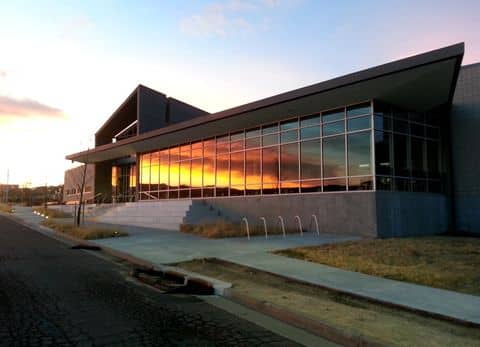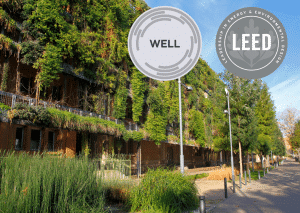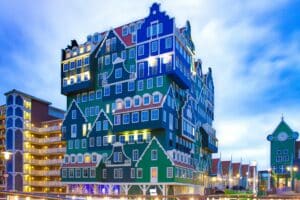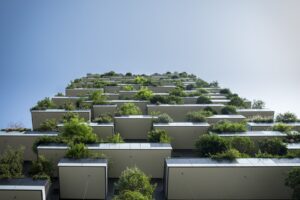The requirement of a 500-mile radius for “regional materials” has been reduced to 100 miles in the LEED v4 rating system.
The primary intent behind this reduction is to encourage and incentivize the purchase of products and materials that support the local economy.
For the MR Credits (multiple of them) – please follow these guidelines on your LEED Green Associate, LEED AP BD+C, LEED AP ID+C and LEED AP O+M exam:
Here’s how the point distribution works:
- Valuation Factor: Products and materials that are extracted, manufactured, and purchased within 100 miles (160 kilometers) of the project location are valued at 200% of their actual cost. This means that, in the LEED calculations, they receive double the credit value.
- Qualification Criteria: For a product to qualify for this location-based valuation factor, it MUST meet these two key conditions:
- All stages of extraction, manufacturing, and purchase (including distribution) of the product and its materials must occur within that 100-mile radius.
- The product (or a portion of an assembled product) must meet at least one of the sustainable criteria specified in the credit. These criteria may include things like FSC certification, recycled content, and other sustainability standards we talked in the class.
- Alternative Valuation: If a product or material does not meet the location criteria (i.e., it is not sourced within 100 miles) but does meet at least one of the sustainability criteria specified in the credit, it is still valued at 100% of its actual cost in LEED calculations.
We hope you enjoyed this mini blog. The purpose of our “LEED byte blog series” is to enlighten our readers about specific sustainability categories within the LEED rating system, elucidating their practical application in project settings and potential representation in LEED examinations, whether for Green Associate or AP credentials.
As an esteemed USGBC Education Provider, GBRI is dedicated to ensuring that our students not only face their LEED exams with confidence but also excel in them on their first attempt. We invite you to discover more about our comprehensive exam preparation resources and the scholarship opportunities we offer, designed to empower your journey towards becoming a LEED Green Associate or a LEED Accredited Professional with BD+C or O+M Specialty.
The purpose of our blog series is to enlighten our readers about specific sustainability categories within the LEED rating system, elucidating their practical application in project settings and potential representation in LEED examinations, whether for Green Associate or AP credentials. As integral components of GBRI’s LEED Lexicon Project, these blogs serve as a beacon of knowledge for those navigating the realms of sustainability and green building. We warmly invite our readers to utilize the provided tags to delve into related topics and encourage a subscription to our page for regular updates and insights.












